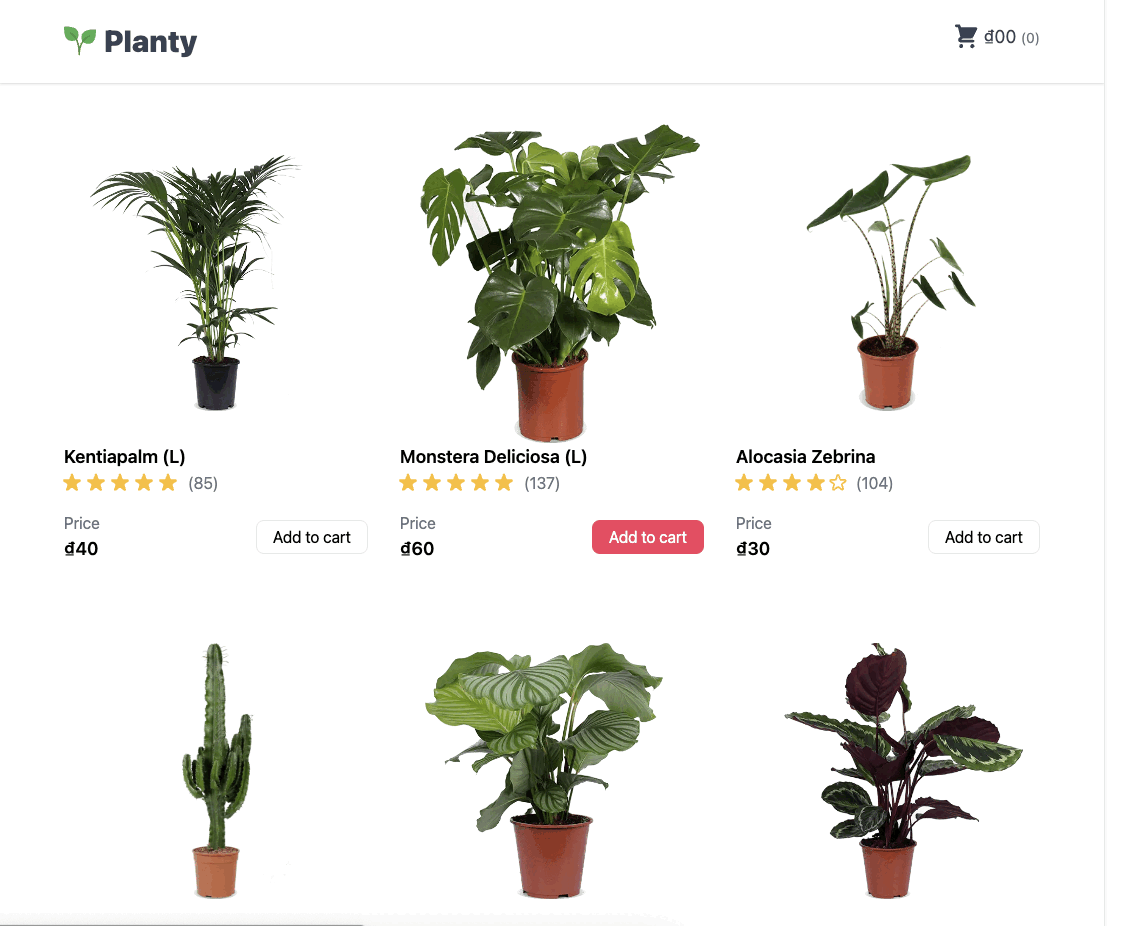This repository includes examples of integrations for online payments with ZaloPay Dynamic QR Code. Within this demo app, you'll find a simplified version of an e-commerce website, complete with commented code to highlight key features and concepts of ZaloPay's API.
Node.js 16+
- Clone this repo:
git clone
- Navigate to the root directory and install dependencies:
npm install
- Update
next.config.jsfile with your Merchant information:
ZLP_MERCHANT_APP_ID="your_app_id_here"
ZLP_MERCHANT_KEY1="your_key1_here"
ZLP_MERCHANT_KEY2="your_key2_here"
ZLP_MERCHANT_ENDPOINT="zalopay_merchant_endpoint_here"Or you can use this testing merchant account.
- Build & Start the server:
npm run dev- Visit http://localhost:3000/ to select an integration type.
To try out payment you need install and register ZaloPay Sanbox , see Trải nghiệm với ZaloPay.
Note
This example doesn't include the callback when run at localhost, see how to integration callback in next section
Callback (a.k.a Webhook) is a mechanism to deliver Instant Payment Notification asynchronously for Merchant Server receives payment's results from ZaloPay Server, only when ZaloPay has received money from user successfully, and it is important to test them during the setup of your integration. You can find more information about callbacks in here.
This sample application provides a simple callbacks integration exposed at /api/callback. For it to work, you need to:
- Provide a way for the ZaloPay Server to reach your running application
- Add a callback url to ZaloPay Server notify to your application.
Your endpoint that will consume the incoming callback must be publicly accessible.
There are typically many options, in this example we can expose your localhost with tunneling software (i.e. ngrok)
If you use a tunneling service like ngrok the webhook URL will be the generated URL (
ie https://c991-80-113-16-28.ngrok.io)
$ ngrok http 3000
Session Status online
Account ############
Version #########
Region United States (us)
Forwarding https://c991-80-113-16-28.ngrok.io -> http://localhost:3000 Note: when restarting ngrok a new URL is generated, make sure to update the Webhook URL in the Merchant Portal
There are 2 way to set up a callback URL:
- Update
ZLP_MERCHANT_CALLBACK_URLconfig innext.config.jsfile by ngrok url, example:https://c991-80-113-16-28.ngrok.io/api/callback. This value will send as params in order creation API. See more about Order Information. - Set up in Sanbox Merchant Portal.
If the callback setup is worked, the following message is shown:
💰 Payment Callback received!
✅ Update order's status = success where app_trans_id = 230224_353137
This quick start is built upon AlterClass.io.
